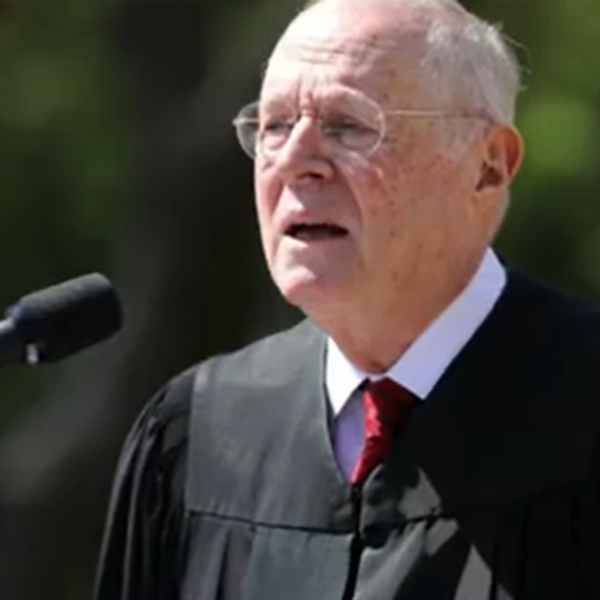Trump Fanboy Musk 'Finds Out' With Tesla 2024 Sales Slump
Tesla reported on Thursday that 2024 saw the Austin, Texas-based car company’s first annual decline in sales in at least 12 years. The decline coincided with the company’s CEO, Elon Musk, endorsing and funding Donald Trump’s presidential campaign and becoming a major player within the Republican Party.
Tesla said that in 2024 it delivered 1.79 million cars, which was 1.1 percent below the 1.81 million cars the company sold in 2023. Back in 2022, Tesla confidently predicted that the company would grow 50 percent each year for the next few years. That didn’t happen as Musk went full MAGA.
Before 2024, Musk had shown some signs of conservatism. But his extremism ramped up considerably as the presidential election ramped up and he attacked the so-called “woke mind virus,” blaming leftist ideas for his child’s gender transition.
Following his purchase of Twitter and rebranding the social media platform as “X,” Musk reinstated Trump’s account, which had been deactivated by the previous management after the sore loser used it to instigate the January 6, 2021, attack on the Capitol. Musk also reactivated the account of right-wing conspiracy theorist and Trump megafan Alex Jones.
In October, Musk made his partisanship official by endorsing Trump and appearing with him at a rally in Pennsylvania.
“President Trump must win to preserve the Constitution. He must win to preserve democracy in America,” Musk said, after wildly jumping around on stage.
Musk bankrolled a super PAC supporting Trump’s campaign and spent at least $250 million to help his Republican ally win the election—in addition to allowing pro-Trump election misinformation to circulate widely on his social media network.
Following his election win, Trump named Musk as co-chair of the Department of Government Efficiency, which is not a government agency but an outside watchdog group pushing to cut government spending by $2 trillion.
Even as Musk was openly embracing the Republican Party and its conservative agenda, polling showed Democrats—who have traditionally supported clean energy products like Tesla’s electric cars—turning away from the company. An analysis from the firm CivicScience released in July found that Tesla’s favorability dropped to 16% among Democrats, when it had been at 39% in January 2024.
“He completely alienated most of his buying base,” investor Mark Spiegel told Yahoo! Finance when the survey was released.
After Trump won, many X users—including journalists, who have been the lifeblood of the site—began leaving the platform in droves.
Trump has already hinted at making policy moves friendly to Musk, with his transition team announcing that he favors adopting a recommendation that would scrap federal crash-reporting requirements for self-driving cars (from companies like Tesla). But the fledgling bromance has not been smooth.
There have been grumblings from Trump allies that Musk is overstepping his role and acting as a co-president with Trump. The South African immigrant was also recently embroiled in a very public fight with anti-immigrant Trump supporters over his position in favor of H-1B visas for tech workers.
Musk’s chosen candidate will soon be president and the multibillionaire clearly has Trump’s ear. But Tesla’s growing problems—and emerging fractures within the MAGA coalition—could be an early warning sign for the richest man in the world.
Reprinted with permission from Daily Kos.












